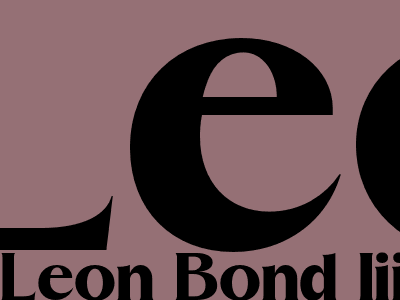The Ultimate Guide to Using Headings and Structure for SEO
Why Headings and Structure Matter for SEO
Headings and structure play a crucial role in SEO by helping search engines understand the content and organization of your web pages. They provide clear signals to Google and other search engines about the importance and relevance of different sections of your content.
By using headings and structure effectively, you can improve your website's visibility in search results pages (SERPs), increase traffic to your site, and enhance user experience.
Benefits of Using Headings and Structure for SEO
- Improved search engine visibility
- Increased organic traffic
- Enhanced user experience
Types of Headings and Their Importance
There are six different levels of headings in HTML, ranging from
to . Each heading level has a different weight and importance in the eyes of search engines.
Heading 1 (H1)
Thetag is the most important heading on a web page. It should be used to identify the main topic or title of the page.
Heading 2 (H2)
Thetag is used to identify the main sections of a web page. It can be used to break up long blocks of text and make the content more readable.
Heading 3 (H3)
Thetag is used to identify the subheadings of a web page. It can be used to provide more detail about the main sections of the page.
Heading 4, 5, and 6 (H4, H5, H6)
The, , and tags are used to provide additional structure and organization to a web page. They can be used to identify specific points or details within the main sections of the page. Best Practices for Using Headings and Structure
tags are used to provide additional structure and organization to a web page. They can be used to identify specific points or details within the main sections of the page. Best Practices for Using Headings and Structure
To use headings and structure effectively for SEO, follow these best practices:
- Use the
tag only once on each page, and make sure it accurately reflects the main topic of the page.
- Use the
tag to identify the main sections of your page, and make sure each section is relevant to the main topic of the page.
- Use the
tag to provide more detail about the main sections of your page, and make sure each subheading is relevant to the corresponding section.
- Use the
,
, and
tags to provide additional structure and organization to your page, and make sure each heading is relevant to the corresponding section.
- Use keywords in your headings, but avoid keyword stuffing.
- Make sure your headings are concise and descriptive.
- Use a consistent heading structure throughout your website.
Conclusion
By using headings and structure effectively, you can improve the SEO of your website, increase organic traffic, and enhance user experience. By following the best practices outlined in this guide, you can create a well-structured website that is easy for search engines to understand and navigate.

Komentar